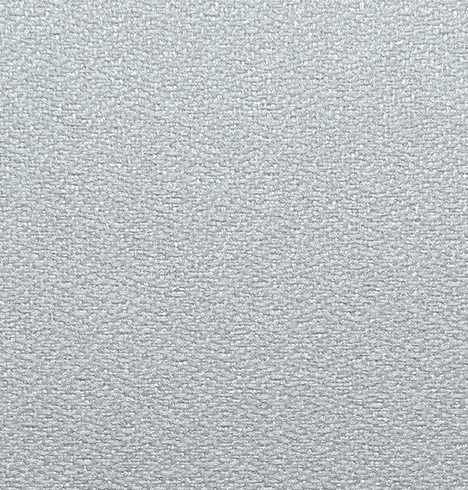The quality control and testing of the antibacterial process for roller blind fabric involves a series of steps to ensure that the treatment is effective, safe, and meets specific standards. Here's an overview of the quality control and testing procedures typically conducted for roller blind fabric with antibacterial treatment:
1. Initial Assessment and Documentation:
The manufacturer documents the details of the antibacterial treatment process, including the type of antibacterial agents used, application methods, curing conditions, and any relevant specifications.
2. Sampling and Batch Testing:
Samples of the treated fabric are taken from different batches for testing. This ensures that the antibacterial treatment is consistently applied across different production runs.
3. Antibacterial Efficacy Testing:
Antibacterial efficacy tests are conducted to assess the fabric's ability to inhibit the growth of bacteria and microbes. Common test methods include the AATCC Test Method 100 or JIS L 1902, which measure the fabric's antibacterial activity.
4. Durability Testing:
The treated fabric is subjected to durability tests to evaluate the longevity of the antibacterial effect. This may involve simulating wear and tear, exposure to sunlight, and washing cycles to determine how well the antibacterial treatment holds up over time.

5. Safety and Toxicity Testing:
Safety tests are conducted to ensure that the antibacterial agents used in the treatment are safe for human contact. These tests assess potential risks of skin irritation, allergies, or other adverse reactions.
6. Performance in Real-Life Conditions:
The treated fabric is exposed to real-life conditions that it may encounter during use, such as exposure to moisture, temperature variations, and UV radiation. This helps assess the fabric's antibacterial performance in practical settings.
7. Third-Party Verification:
Some manufacturers may seek third-party verification or certification from independent testing laboratories to validate the antibacterial properties of the fabric. Certifications from recognized organizations provide added credibility.
8. Long-Term Testing:
In some cases, long-term testing may be conducted to monitor the fabric's antibacterial efficacy over an extended period. This helps ensure that the treatment remains effective over time.
9. Quality Control Checks:
Throughout the production process, quality control checks are conducted to ensure that the antibacterial treatment is consistently applied to the fabric and that it meets specified standards.
10. Documentation and Reporting:
The results of all testing and quality control procedures are documented and reported. This information may be made available to customers and regulatory authorities as needed.
It's important to note that the specific testing methods and procedures may vary depending on factors such as the type of antibacterial treatment, the fabric composition, and the manufacturer's quality control protocols.

 中文简体
中文简体 英语
英语 西班牙语
西班牙语







